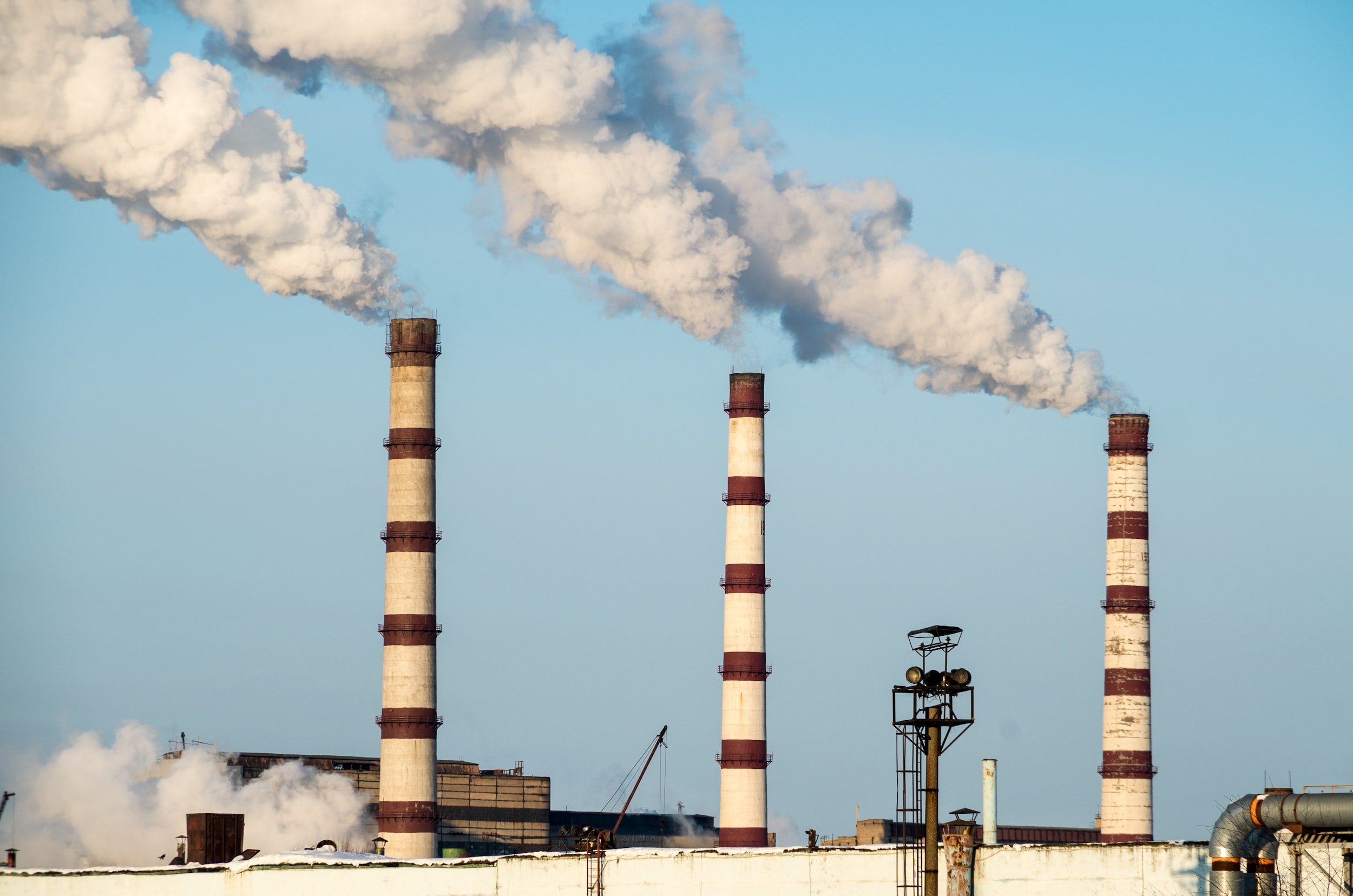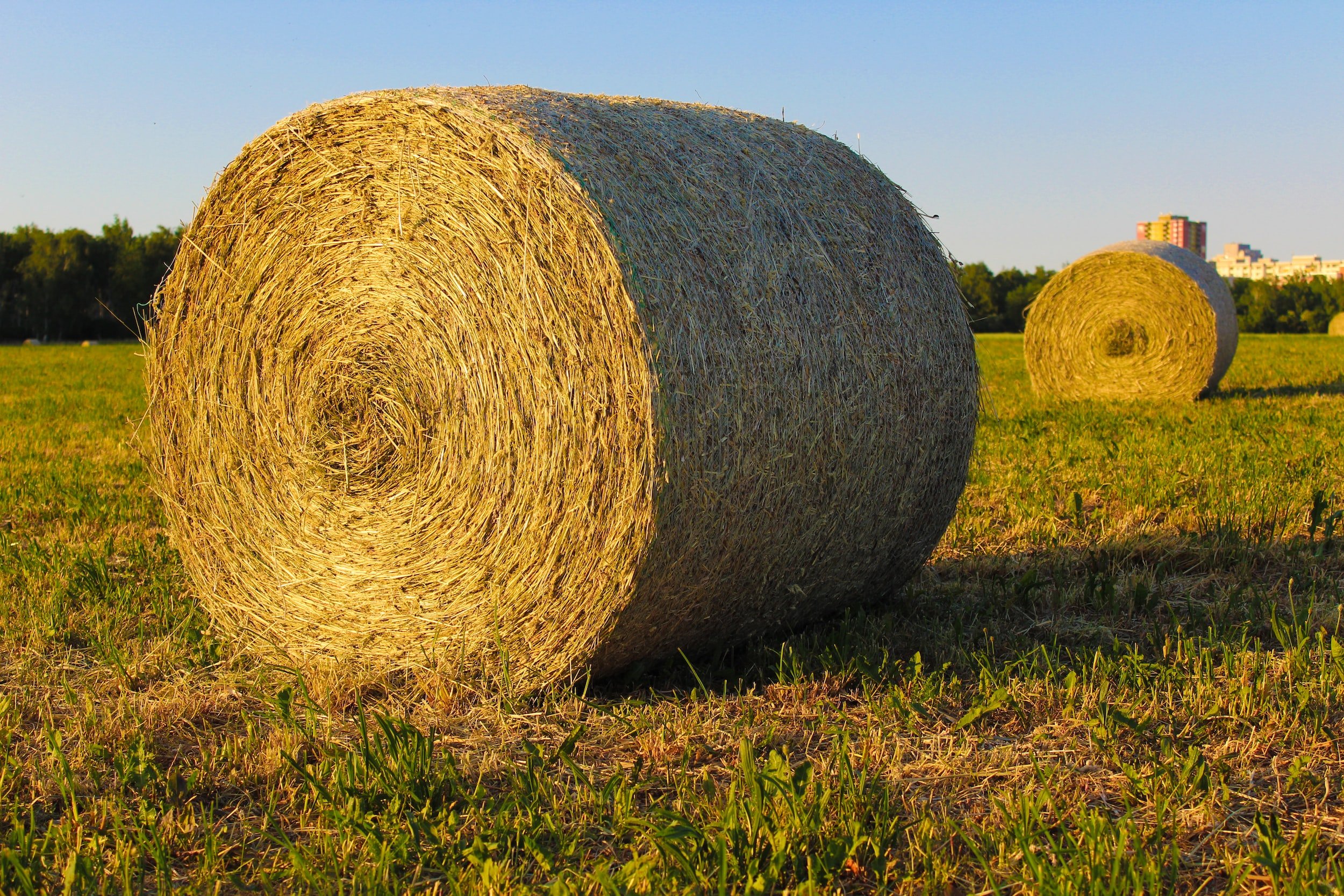By: Kelly Calder, Staff Member
Transgenic crops[1] have been a point of contention since their introduction, spurring lawsuits, boycotts, and leading numerous groups to publically advocate mandatory labeling of transgenic foods.[2] On March 29, 2011, the Organic Seed Growers and Trade Association (“OSGATA”), spearheaded a lawsuit in the Southern District of New York against transgenic seed giant Monsanto, Inc.[3] OSGATA, along with eighty-two other plaintiffs,[4] have sought a declaratory judgment to prevent Monsanto from bringing suit against them for patent infringement for inadvertently utilizing transgenic seeds.[5] Additionally, the plaintiffs are asking the court to declare that Monsanto’s numerous seed patents are invalid.[6]
It remains to be seen whether the plaintiffs will ever get to argue the merits of the case.[7] Monsanto filed a motion to dismiss in mid-July of last year, stating that the plaintiffs lacked subject matter jurisdiction to maintain their action.[8] The plaintiffs filed a brief in opposition to the motion,[9] which was accompanied by an amici brief further supporting the plaintiffs’ position.[10] Oral argument on the issue was granted, and the case was heard January 31, 2012.[11] As of the time of this post, a decision has not been reached.[12]
The OSGATA plaintiffs, who are mostly organic farmers, should be able to satisfy the relevant criteria for maintaining a declaratory judgment action. The threat of cross-contamination between transgenic and non-transgenic crops is a very real one for farmers. This was acknowledged by the United States Supreme Court in Monsanto Co. v. Geertson Seed Farms.[13] According to the OSGATA complaint, “if an organic farmer wants to determine whether Monsanto’s patented gene is present in her crop, she must conduct genetic testing, which can be extremely expensive.”[14]
The actions that farmers have to take in order to ensure the purity of their crops increases the costs of operation, and due to the fact that Monsanto has sued several farmers for patent infringement, can influence the types of crops that farmers choose to grow, e.g. causing them to be averse to growing crops that may subject them to liability for patent infringement.[15] The fact that the plaintiffs have taken steps to prevent contamination in order to prevent a Monsanto-initiated lawsuit should do nothing to inhibit their cause of action.[16] Additionally, success at this stage could encourage similar suits and would present vehicle for challenging Monsanto’s patents in cases that could ultimately reach the Supreme Court.
[1] Transgenic: “of, pertaining to, or containing a gene or genes transferred from another species.” Dictionary.com, http://dictionary.reference.com/browse/transgenic (last visited February 6, 2012).
[2] One of these groups is the Center for Food Safety, which actively campaigns for the labeling of transgenic foods. Center for Food Safety, http://gefoodlabels.org/ (last visited February 6, 2012).
[3] First Amended Complaint at 2, OSGATA v. Monsanto Co., No. 11-cv-2163-NRB (S.D.N.Y. June 1, 2011), available at http://www.pubpat.org/assets/files/seed/OSGATA-v-Monsanto-Complaint.pdf.
[4]Family Farmers Amplify Complaint Against Monsanto’s GMOs, Reinforcing Their Arguments with Additional Plaintiffs, Public Patent Foundation (June 1, 2011), http://www.pubpat.org/osgatavmonsantoamended.htm.
[5] First Amended Complaint, supra, note 3.
[6]Id.
[7]Farmers and Seed Distributors Defend Right to Protect Themselves from Monsanto Patents, Public Patent Foundation (August 11, 2011), http://www.pubpat.org/mtdoppfiled.htm.
[8]Id.
[9] Brief in Opposition to Defendants’ Motion to Dismiss, OSGATA v. Monsanto Co., No. 11-cv-2163-NRB (S.D.N.Y. August 11, 2011), available athttp://www.pubpat.org/assets/files/seed/OrganicSeedMTDOppositionBrief.pdf.
[10] Brief for Farm & Ranch Freedom Alliance, et al. as Amici Curiae Supporting Plaintiffs, OSGATA v. Monsanto Co., No. 11-cv-2163-NRB (S.D.N.Y. August 10, 2011), available at http://www.pubpat.org/assets/files/seed/OrganicSeedMTDAmiciBrief.pdf.
[11]OSGATA v. Monsanto: Will Farmers Receive Justice?, OSGATA (February 2, 2012), http://archive.constantcontact.com/fs074/1104248386985/archive/1109213017423.html.
[12]Id.
[13]Monsanto Co. v. Geertson Seed Farms, 130 S.Ct. 2743, 2754-55 (2010)(“Respondents also allege that the risk of gene flow will cause them to take certain measures to minimize the likelihood of potential contamination and to ensure an adequate supply of non-genetically engineered alfalfa. . . . [s]uch harms, which the respondents will suffer even if their crops are not actually infected with the Roundup Ready gene, are sufficiently concrete to satisfy the injury-in-fact prong of the constitutional standing analysis.”).
[14] First Amended Complaint, supra, note 3, at 38.
[15]Id. at 50-51.
[16]See supra, note 9; see also MedImmune, Inc. v. Genentech, Inc., 549 U.S. 118, 130 (2007).














